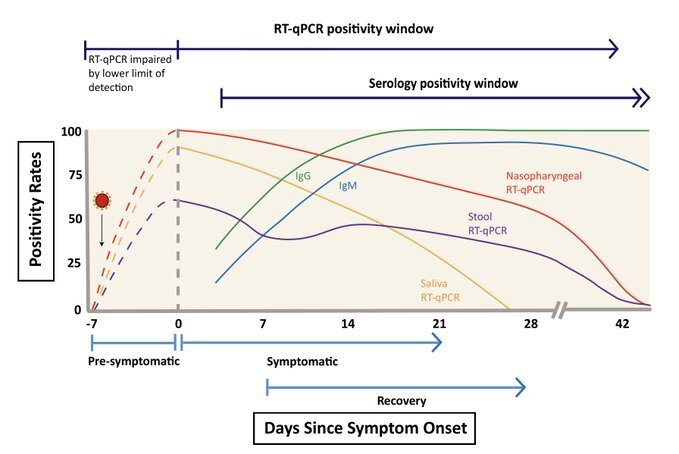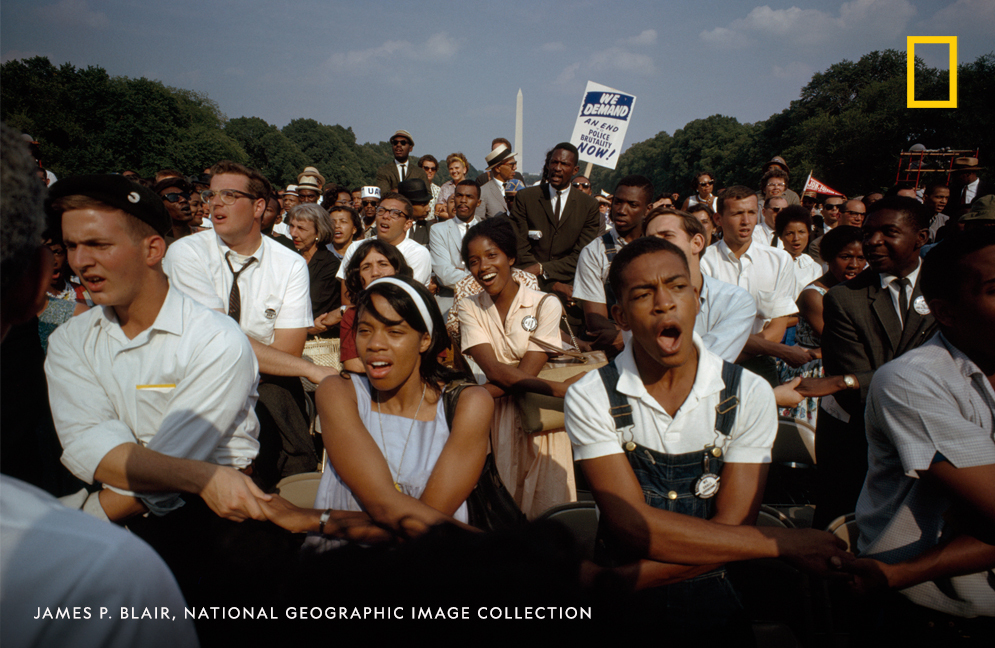
Tonight, join us on our journey to Chicago as we live-tweet the #CitySoReal premiere on @NatGeoChannel! Watch the entire five-part documentary series starting at 7/6c 

• • •
Missing some Tweet in this thread? You can try to
force a refresh




